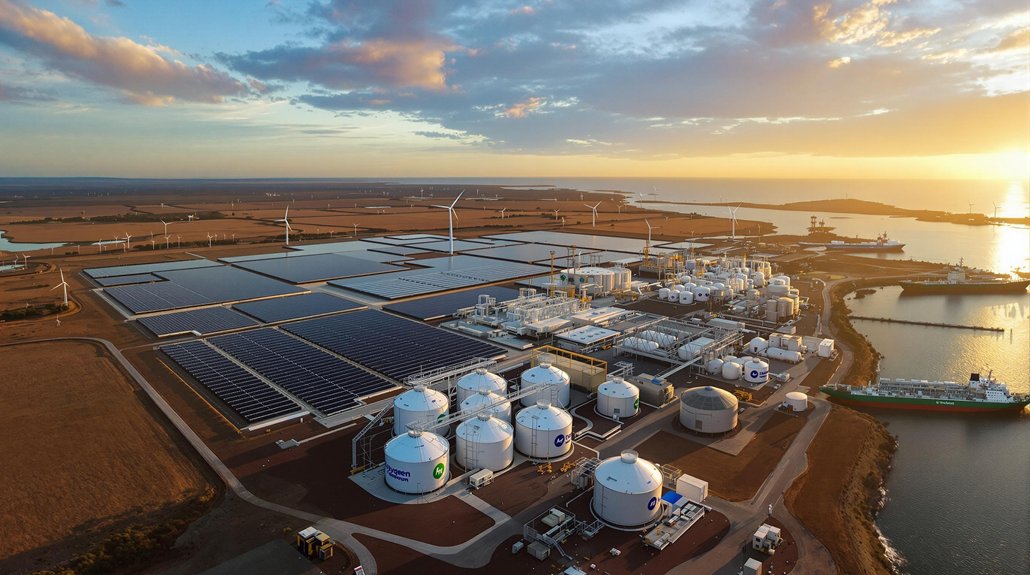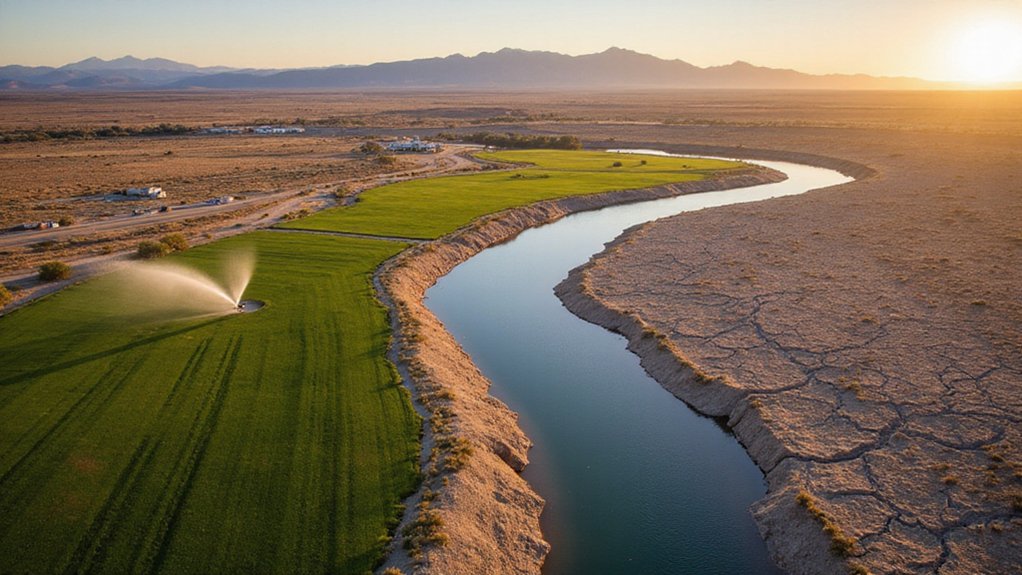As Utah’s iconic Great Salt Lake continues to shrink at an alarming rate, scientists and officials are scrambling to address what many call an environmental emergency. The lake has lost two-thirds of its surface area over the past forty years, shrinking from roughly 20,000 square miles to just 1,700 square miles today.
In fall 2022, the lake’s south arm reached a record low elevation of 4,191.3 feet, far below healthy levels. Despite two consecutive wet years in 2023 and 2024, water levels remain below what experts consider ideal for ecosystem health. The lake is currently 5½-6½ feet below its minimum healthy level. About half of the original lakebed now sits exposed, creating serious dust and contamination risks.
The crisis stems from multiple causes. Reduced streamflow from major tributaries accounts for about two-thirds of the lake’s volume loss. Agricultural and mining water use have decreased inflows since the 19th century, causing the lake to drop 11 feet in elevation and lose 48% of its volume. Rising temperatures have increased evaporation rates, and climate change is expected to worsen these trends.
The Great Salt Lake’s decline reflects a perfect storm of diverted tributaries, century-long water withdrawals, and climate change’s relentless impact.
Ecological impacts are severe. The lake’s salinity now ranges between 5% and 27%, much higher than the ocean’s average of 3%. This threatens brine shrimp and other key species. Millions of migratory birds that rely on the lake’s wetlands and shorelines are losing essential habitat. Although the lake has an average depth of approximately 14 feet, declining water levels threaten its entire ecosystem. Toxic dust containing arsenic blows from the exposed lakebed, creating health risks for nearby communities.
The economic toll is mounting. Industries dependent on the lake—mineral extraction, brine shrimp harvesting, and recreation—face instability. The state has invested tens of millions in “lifelines” to prevent the collapse of lake-related businesses.
In response, Utah passed SB270, allocating $1.5 million for studies to improve water flow from Utah Lake to Great Salt Lake. Water conservation policies are expanding, and controlled releases from reservoirs, now at 78% capacity, could provide additional water to the struggling ecosystem.
Despite these efforts, the lake’s future remains uncertain as water demands and climate change continue to strain this critical resource.
References
- https://www.foxweather.com/earth-space/great-salt-lake-disappearing-farming-streamflow-salinity
- https://www.ksl.com/article/51221036/great-salt-lake-makes-new-gains-to-start-new-year-what-does-it-need-in-2025
- https://d36oiwf74r1rap.cloudfront.net/wp-content/uploads/2025/01/GSL-Jan2025.pdf
- https://www.nature.org/en-us/about-us/where-we-work/united-states/utah/stories-in-utah/will-we-save-the-great-salt-lake/
- https://www.upr.org/environment/2025-01-03/great-salt-lake-makes-new-gains-to-start-new-year-what-does-it-need-in-2025








